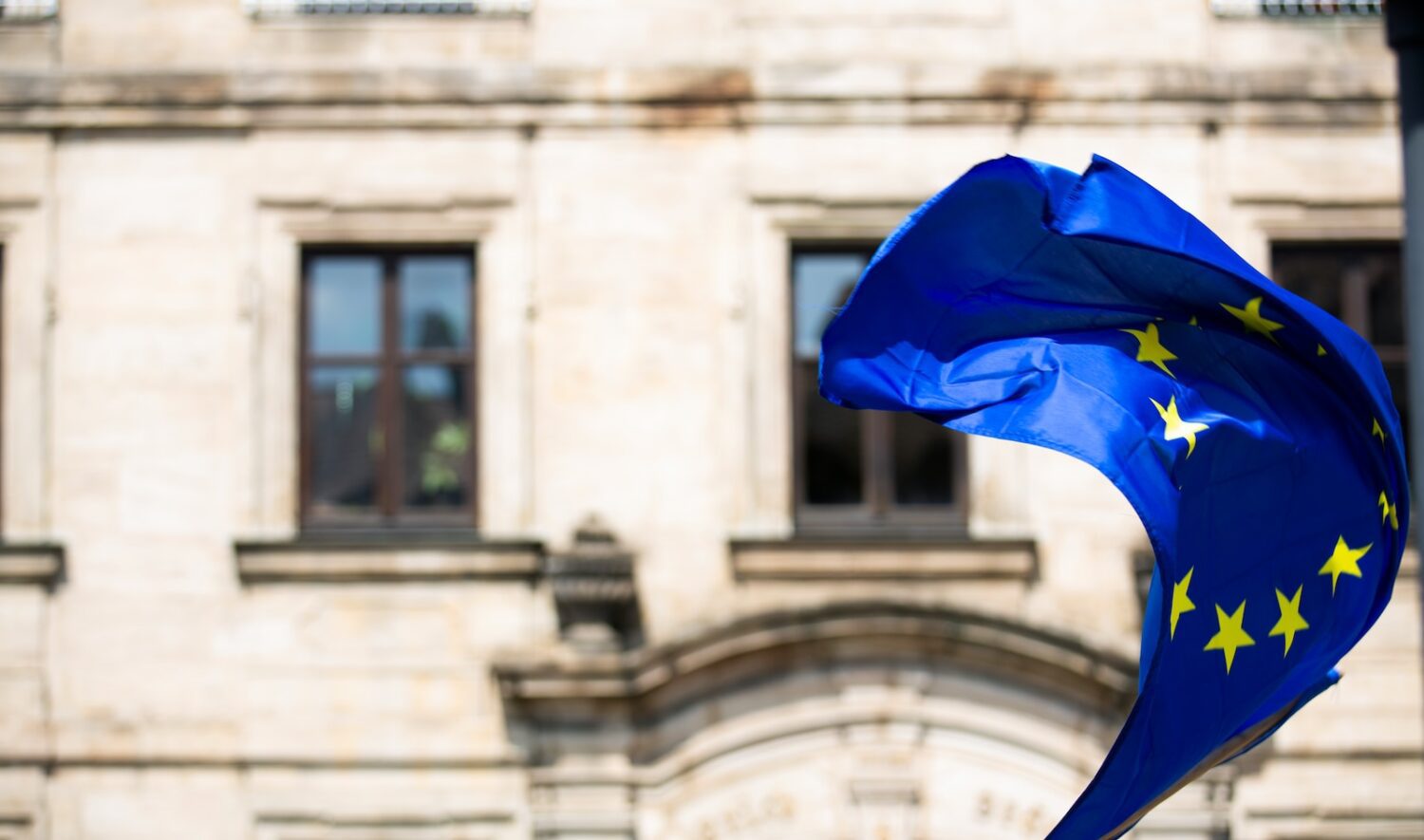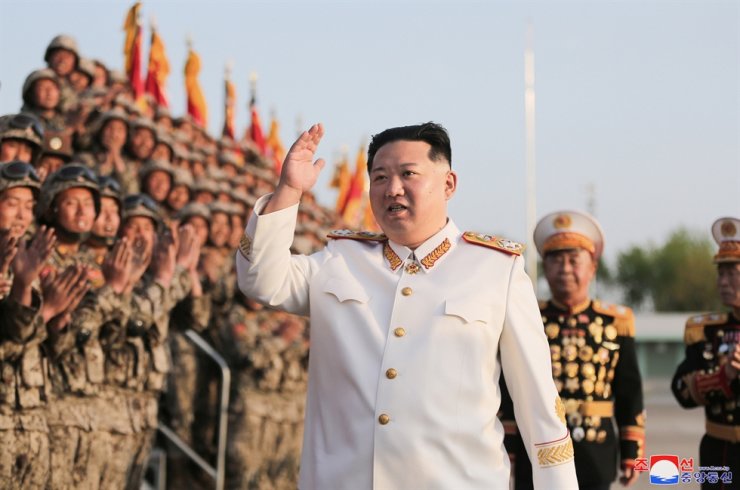Sudan is an opportunity for the Brotherhood to expand its influence. The sanctions imposed on Sudan do not provide solutions to rein in the Brotherhood (Al-Kizan), whose movements took military dimensions by recruiting its members to defend the army, taking advantage of the turbulent security situation to expand its influence, and why not turn Sudan into an incubator for the group, which suffered political and widespread losses in the rest of the Arab countries.
KHARTOUM – The European Union’s threat to impose sanctions on the main parties in Sudan to stop the war was a sign of the possibility of abandoning its cold stance on the crisis. It remained a spectator, except for a few perceptions that it presented from time to time, which do not suggest that it is severe in its moves, which confirms its keenness to end it, close to a war that may extend its sparks to him.
The European cry for setting a framework for sanctions next September implies excellent concern about continuing the conflict between the army and the Rapid Support Forces. Still, it is devoid of moves to practically participate in reaching a steadfast armistice and seeking a cease-fire. The European Union should have put forward an initiative or adopted a complete vision for a solution.
Everyone contented themselves with resounding slogans and watching perceptions from here and there as if the repercussions of the war would stop at the end of the escalation of the file of illegal immigration and the deterioration of the humanitarian situation and would not extend to a direct threat to European interests if extremists managed to seize the reins in Sudan or drag it into the bitter quagmire of civil war.
Al-Kizan’s movements took on military dimensions after including many extremist elements in the war to defend the army. Western countries cannot pursue terrorist organizations that do not hide their expansionist projects in the region.
Chaos arouses the appetite of the Islamic forces in Sudan. Recent information confirms the participation of extremist organizations in the war under the guise of the dissolved National Congress Party and the Islamic Movement in Sudan, which means that the matter has become a threat to neighboring countries and parties that have interests in this country or close to it, not to mention On the expansion of the belt of militants, as their presence in West and East Africa puts Sudan between the two hands of pincers that will not be easy to contain later. The scope of humanitarian, economic, and security crises expands.
This result will prompt the European Union to move because it will lead to more losses for the central Western countries, especially France, whose interests are beginning to be exposed to great dangers in Mali and Niger and the entire West African coast. If Sudan is added to it, a large area will turn into significant centers to shelter Extremists and terrorist hotbeds that attract elements known to target the West in general.
The United States has put its feet in the crisis through joint mediation with Saudi Arabia. The Jeddah negotiations are almost frozen and need help to achieve a breakthrough. Many African countries have tried, individually and collectively, to present political approaches that have yet to be successful. At the same time, the European Union focuses on the symptoms of the crisis without Going into its essential details. However, its repercussions on him will not be limited to increased asylum and displacement.
European countries chose the traditional human dimension in the crisis, which is meaningful. They tried to give it dramatic features by frequently talking about killings, bombs, looting, and rape and shedding light on some tragedies that bring sympathy.
Stopping the war requires careful reading to examine its fundamental causes and what it might lead to in the future. In both cases, all fingers point to the presence of the remnants of the regime of former President Omar al-Bashir infiltrating the Sudanese military establishment and their desire to employ him to return to power and to defeat every attempt to establish a democratic transition and a state on It is headed by a civilian government, which is the supposed goal that the European Union seeks, and adopts in its political discourse through Western envoys and ambassadors who went to Sudan before the war and stressed the importance of the military establishment leaving the field of politics.
Suppose the European Union will know the negative aspects of the Sudanese scene later. In that case, any promises of economic sanctions or political appeals will become meaningless because the crisis has structural joints that must be dealt with with a comprehensive vision. The initiatives, with an appreciation for their importance and the countries sponsoring them, have yet to decipher the Sudanese crisis.
It will not help the European Union to distance itself from engaging in a hot and open crisis under the pretext that it is a war that burns everyone who approaches it, reduces it to the humanitarian aspect, and yields to the visions of Western organizations, as the political and security elements are essential.
European steps must reflect some of the politics and security in the moves taken by the Union or its countries. What has been said about their willingness to impose sanctions appears to be jumping on the essence of the crisis or a discharge of responsibility before the Western people because everyone knows that the effect of the sanctions weapon on people is tiny. Sudan has a tremendous and accumulated experience with US sanctions that enabled it to live with it for nearly three decades.
The European Union’s distancing from engaging directly with the crisis and adopting practical steps is in the interest of the Kizan (the Sudanese Brotherhood)
Perhaps the information provided by the rapid support delegation to European circles recently revealed many ambiguous points about the reality of the war and its repercussions, with the participation of a member of the European Parliament of Hungarian origin, Márton GYÖNGYÖSI, who is a member of the Parliament’s Foreign Affairs Committee, Anna VAN DENSKY, the journalist, and James WILSON, editor of the political report. In the European Union, Bjorn HULTIN is an expert in international relations and a former member of the European Parliament of Swedish origin.
The discussion about Sudan and Europe’s role in the crisis was significant, as it was the first official action to be recorded in the agenda with the records of Parliament. It found great resonance with many Western circles because imposing sanctions on the parties involved in Sudan without participating in negotiations or putting forward initiatives would make the voice of Europe ineffective and perhaps absent. It must take its place in the discussion about Sudan.
Sudanese circles say that the countries of the European Union refrain from engaging directly with the crisis and adopt practical steps in favor of the Kizan (the Sudanese Brotherhood), which brings to mind previous doubts about their sponsorship by some Western countries.
Suppose these doubts still apply to the current situation. In that case, European countries may find themselves facing a dangerous belt of crises because Kizan today has an overwhelming desire not to defeat the army and to confront the Rapid Support Forces, given that its commander, Lieutenant General Muhammad Hamdan Dagalo “Hamidti” is their number one enemy. In Sudan today, the oppressive military hand is blocking the way for them to return to power again.
In addition, the Kizan movements took on military dimensions after including many extremist elements in the war to defend the army. Western countries cannot pursue terrorist organizations that do not hide their expansionist projects in the region and their targeting of Western interests. The fear that Sudan will turn into a solid incubator for these, at that time hints, will not work. Or the European Union’s threats to deal with the tangled reality in Sudan.
















